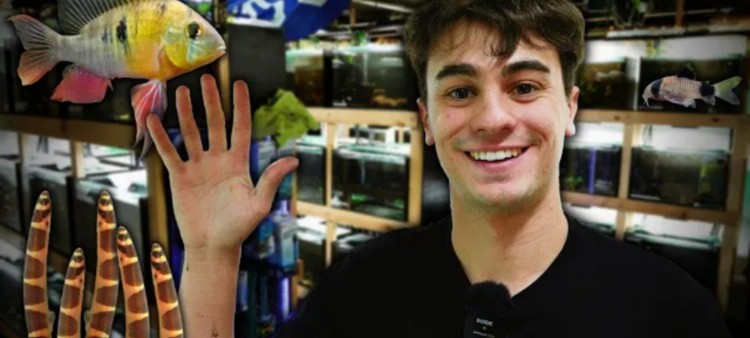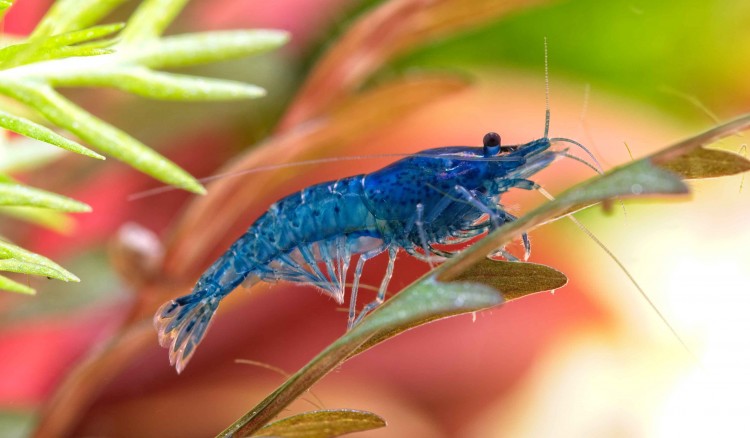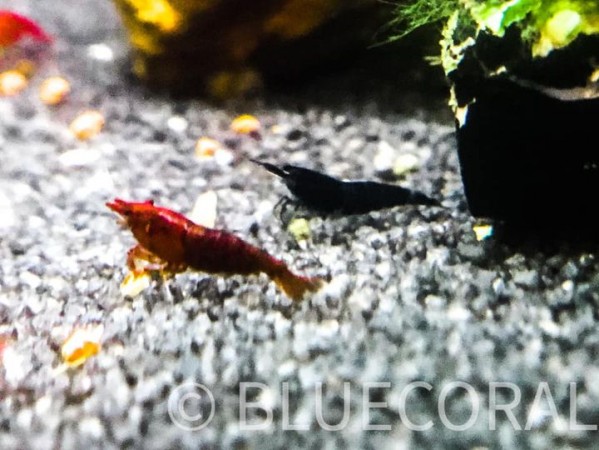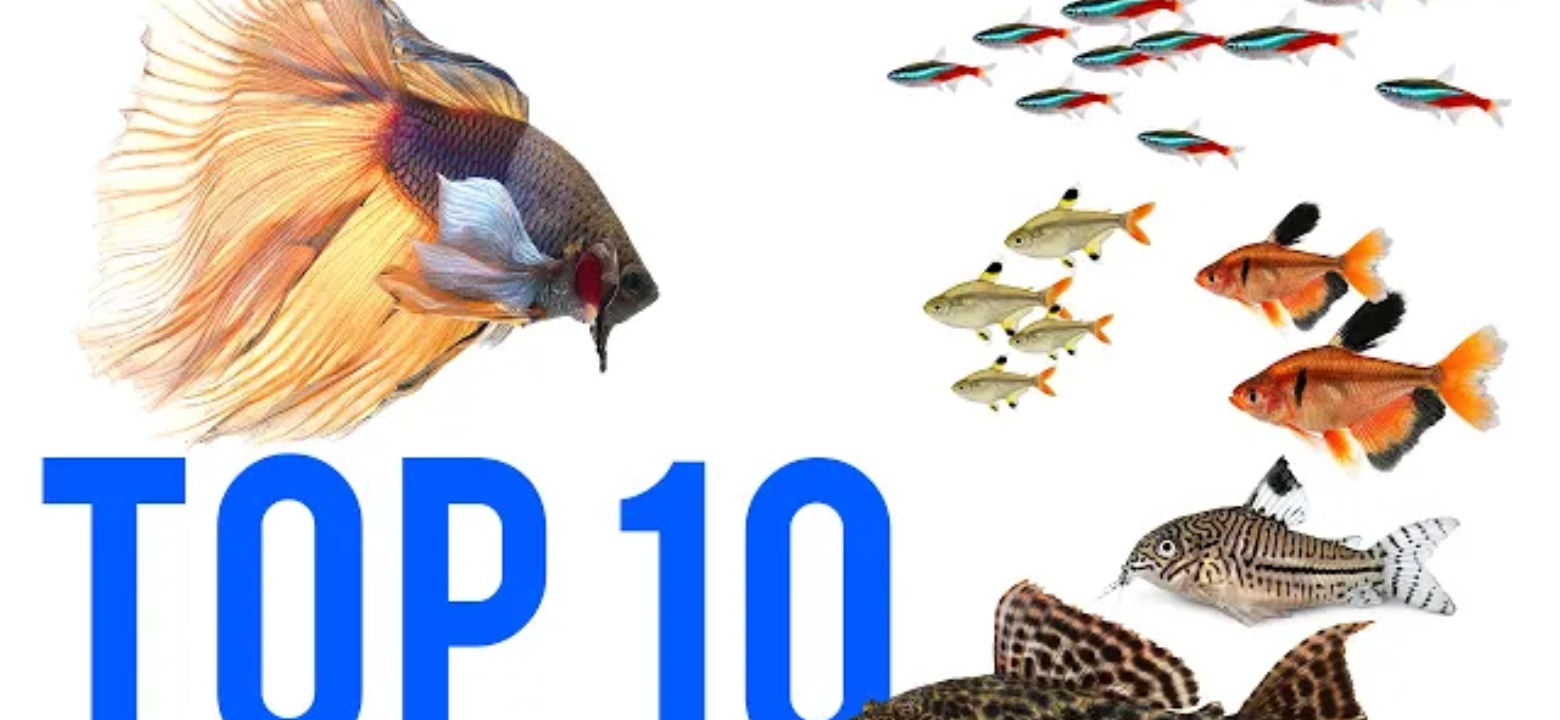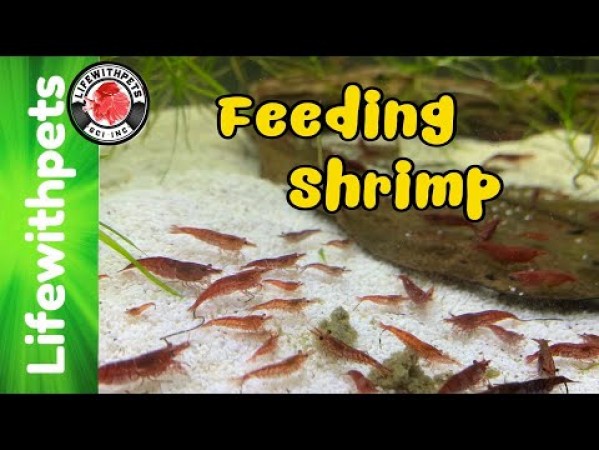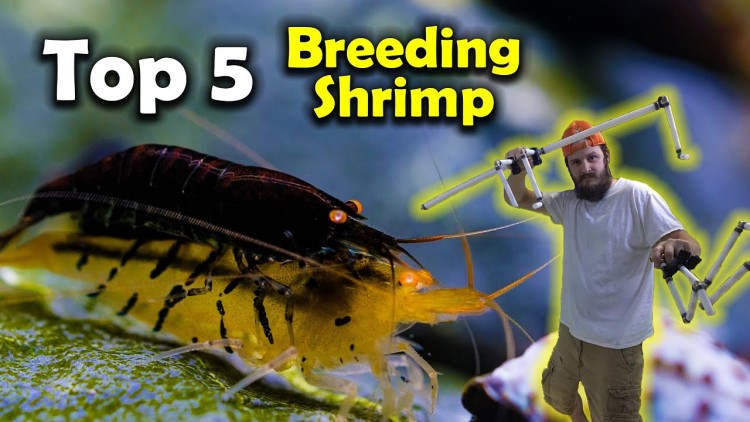- Name:
Blue Banded Coral Shrimp
(View AKA's) - Family: Stenopodidae
- Species: Shrimp
- Scientific Name: Stenopus tenuirostris


General info about Blue Banded Coral Shrimp
The Blue Banded Coral Shrimp has a blue body, while the chelae and abdomen have red and sometimes white and red bands. These shrimp are ideal for any size invertebrate or reef aquarium and will perform a cleaning function picking parasites and dead tissue from fish. Banded Coral Shrimp are also effective bristle worm hunters in the reef aquarium, helping to keep the population of these pests under control.
The Blue Banded Coral Shrimp features a striking translucent body with long white antennae and two muscular pinchers. It can also be known as the Boxing Shrimp for its propensity to hit its prey with those large claws. They often hold these pinchers erect, giving the appearance of a boxer ready to fight when they feel threatened or are trying to intimidate a rival. Mostly peaceful towards other species, the Blue Coral Banded Shrimp should not be housed with members of its own species unless they are a mated pair. Also, they are known to harass other smaller shrimp of different species; such as peppermint or camel shrimps.
The Blue Banded Coral Shrimp needs adequate room in which to move about the aquarium without its long antennae touching neighboring corals or anemones. It is also recommended to provide a good amount of live rock for the Blue Banded Coral Shrimp to graze for foodstuffs and provide it with caves and crevices when threatened. It is relatively hardy but must be acclimated slowly to avoid any salinity and/or pH shock. It is intolerant of high nitrates or copper levels, and iodine levels in the water must be correct to promote proper molting.
The Coral Banded Shrimp can be sensitive to water quality so it is recommended you keep your water in pristine shape. They prefer tanks with plenty of live rock hiding places to search for their carnivorous diet. Minimum tank size should be 30-gallon. Proper tank conditions should be as follow; 75-80° F; sg 1.024-1.026 (1.025 is ideal); pH 8.1-8.4. They will often lose their exoskeleton in a process called molting while they are growing.
It is important that proper calcium (420-440 ppm), alkalinity (8-9.5 dKH - run it 7-8 if you are carbon dosing), and magnesium levels (1260-1350 ppm) are maintained. Raising magnesium levels gradually up to 1400-1600 ppm can help to combat algae outbreaks, just keep CA and Alk in line as you raise the Mg. Nitrates should be below 10 ppm and phosphates should be below 10 ppm. We recommend doing a water change when Nitrate levels rise to 10 ppm. It is important to replace your phosphate media when phosphates rise to .10 ppm. Media Reactors make the most efficient use of your phosphate media by fluidizing it.
Blue Banded Coral Shrimp Diet & Nutrition
In the wild, the Blue Banded Coral Shrimp feeds on parasites, dead tissue removed from fish, and other tiny organisms. In the aquarium environment, it will accept the meatiest flake and frozen foods, plankton, and other meaty items. Blue Banded Coral Shrimp are also effective bristle worm hunters in the reef aquarium, helping to keep the population of these pests under control.
It is important to note that failure to occasionally target feed this animal will force it to hunt tankmates.
Breeding & Spawning Blue Banded Coral Shrimp
Breeding the Blue Banded Coral Shrimp is usually not successful. Larvae are generally destroyed by filtration and skimming.
Blue Banded Coral Shrimp Origin
Indo-Pacific
Caution with Blue Banded Coral Shrimp
The Blue Banded Coral Shrimp must be kept singly, or as a true-mated pair, as it is intolerant of others of the same species. It can be deadly if nitrates or copper levels rise; medications and fertilizers should be checked before use of them. Iodine levels in the water must be correct to promote proper molting.
Acclimating Blue Banded Coral Shrimp
Take the time to do a drip acclimation with any shrimp as they do not tolerate rapid changes in water chemistry very well.
Original Detail
| Name | Species | Family | Scientific Name | More Detail | Added by |
|---|---|---|---|---|---|
| Blue Banded Coral Shrimp | Shrimp | Stenopodidae | Stenopus tenuirostris | The Blue Banded Coral Shrimp has a blue body, while the chelae and abdomen have red and sometimes white and red bands. These shrimp are ideal for any size invertebrate or reef aquarium and will perform a cleaning function picking parasites and dead tissue from fish. Banded Coral Shrimp are also effective bristle worm hunters in the reef aquarium, helping to keep the population of these pests under control. The Blue Banded Coral Shrimp features a striking translucent body with long white antennae and two muscular pinchers. It can also be known as the Boxing Shrimp for its propensity to hit its prey with those large claws. They often hold these pinchers erect, giving the appearance of a boxer ready to fight when they feel threatened or are trying to intimidate a rival. Mostly peaceful towards other species, the Blue Coral Banded Shrimp should not be housed with members of its own species unless they are a mated pair. Also, they are known to harass other smaller shrimp of different species; such as peppermint or camel shrimps. The Blue Banded Coral Shrimp needs adequate room in which to move about the aquarium without its long antennae touching neighboring corals or anemones. It is also recommended to provide a good amount of live rock for the Blue Banded Coral Shrimp to graze for foodstuffs and provide it with caves and crevices when threatened. It is relatively hardy but must be acclimated slowly to avoid any salinity and/or pH shock. It is intolerant of high nitrates or copper levels, and iodine levels in the water must be correct to promote proper molting. The Coral Banded Shrimp can be sensitive to water quality so it is recommended you keep your water in pristine shape. They prefer tanks with plenty of live rock hiding places to search for their carnivorous diet. Minimum tank size should be 30-gallon. Proper tank conditions should be as follow; 75-80° F; sg 1.024-1.026 (1.025 is ideal); pH 8.1-8.4. They will often lose their exoskeleton in a process called molting while they are growing. It is important that proper calcium (420-440 ppm), alkalinity (8-9.5 dKH - run it 7-8 if you are carbon dosing), and magnesium levels (1260-1350 ppm) are maintained. Raising magnesium levels gradually up to 1400-1600 ppm can help to combat algae outbreaks, just keep CA and Alk in line as you raise the Mg. Nitrates should be below 10 ppm and phosphates should be below 10 ppm. We recommend doing a water change when Nitrate levels rise to 10 ppm. It is important to replace your phosphate media when phosphates rise to .10 ppm. Media Reactors make the most efficient use of your phosphate media by fluidizing it. Overall, the Blue Coral Banded Shrimp is a staple in the home aquarium for its unique and beautiful appearance and ability to eat pesky bristle worms and flatworms.
|
PalaciosAn |


